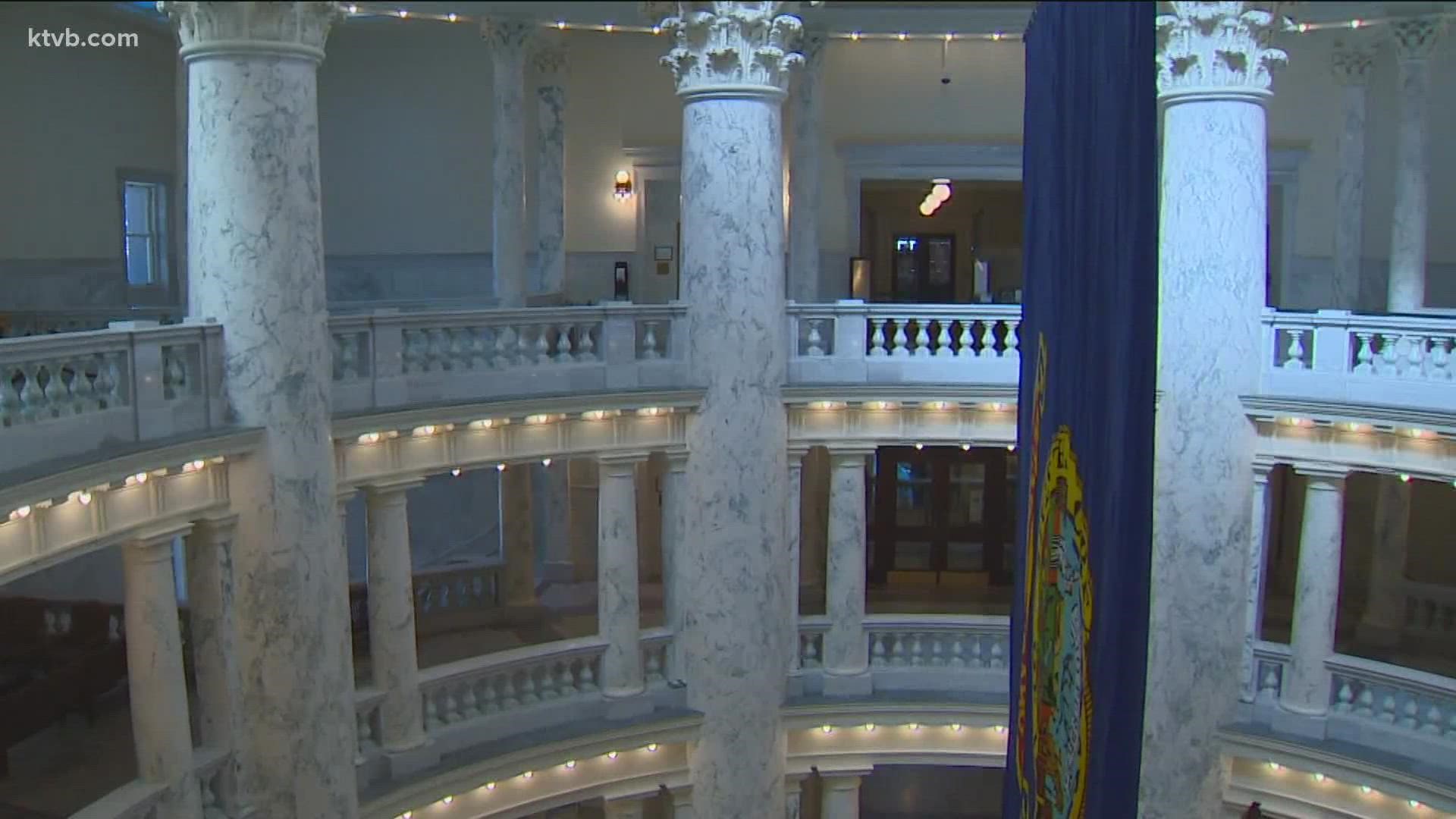BOISE, Idaho — The Idaho Supreme Court has rejected legal challenges to the state's new legislative districting plan, a plan that will determine which state senator and representatives will represent you and your neighbors after the next election.
In a written ruling issued Thursday afternoon, the court unanimously denied petitions by former State Senator Branden Durst, Spencer Stucki, Ada and Canyon counties, and the chairmen of the Coeur d'Alene and Shoshone-Bannock tribes. The court heard all petitions as one case when oral arguments took place Jan. 14.
The six-member, bipartisan Idaho Commission for Reapportionment last November adopted new boundaries for Idaho's 35 legislative districts. Under Idaho law and the U.S. Constitution, the Commission had two major obligations - keeping counties and other "communities of interest" whole as much as possible and maintaining equal or near-equal populations for each of the legislative districts. During discussions last November, commissioners admitted that was a balancing act. The Commission presented its final 113-page report on Nov. 10, 2021.
Durst, Canyon County and Ada County claimed that the plan split more counties than necessary. Stucki also claimed too many counties were split, but also claimed different parts of the state were treated unequally. The Coeur d'Alene and Shoshone-Bannock tribes claimed the plan failed to preserve, "to the maximum extent possible," communities of interest.
Noting that the Equal Protection clause of the 14th Amendment to the U.S. Constitution is the "paramount authority" in the hierarchy of law that applies to redistricting, the court's opinion states that those challenging the plan failed to show the Commission "unreasonably determined that these plans did not comply with equal protection." The court also held that possible alternative plans, submitted to the Commission's website by members of the public, were considered by the Commission, but the Commission found those plans "lacking" when it came to conforming to the equal protection standard. The Idaho Constitution prohibits divisions of counties except to meet the equal protection standard.
Stegner also wrote that the court, in this case, disavows a 2012 ruling, Twin Falls County v. Idaho Commission on Redistricting. In that ruling, the Idaho Supreme Court concluded that the legislative redistricting plan adopted after the 2010 census complied with the Equal Protection clause because it had a maximum deviation (in population of each district) of less than 10 percent.
"Outside establishing their plans are at or below a 10% maximum population deviation, Petitioners have not established any of their plans truly comply with the one person, one vote principle," wrote Justice John Stegner in the opinion of the court. "The Constitution does not allow us to pick another plan just because the numbers are different."
In a post on Twitter, Durst called the ruling an "activist approach to adjudication," and, referring to the "disavowal" of the Twin Falls County case, "decided they knew better than their predecessors and tossed out the two previous decisions on this matter..."
The entire Idaho Supreme Court decision and opinion, authored by Justice Stegner, is included here:
The new boundaries for Idaho's legislative districts will be in effect for the May 17 primary election, and for the next decade -- until after the 2030 census.
The redistricting commission also adopted a new map for Idaho's two congressional districts. A legal challenge to that plan is still pending.
Watch more Idaho politics:
See all of our latest political coverage in our YouTube playlist:

